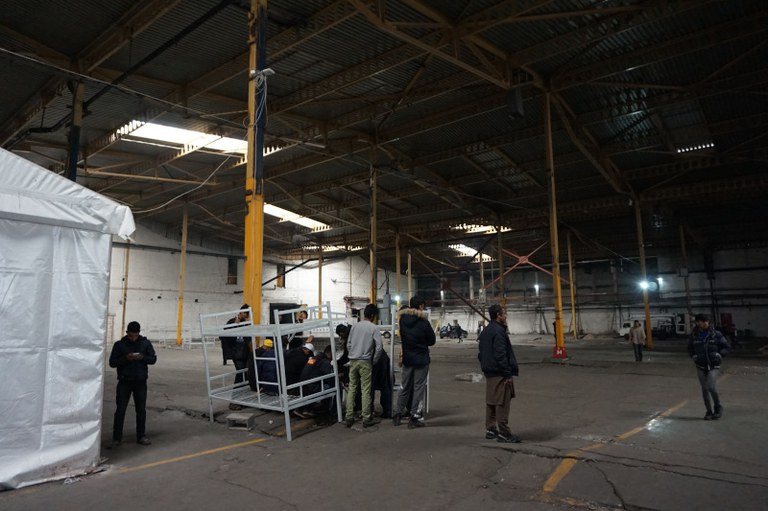It sounds like a simple task; nowadays everyone is able to install a Wi-Fi connection at their place, so where is the challenge? It’s in the extent of the area maybe: 20,000m2, with thousands of people connected simultaneously is a lot. However, thinking about it, nowadays we can find excellent Wi-Fi connections anywhere, including stadiums, airports or conference centres. So? Nothing special? Just a connection?
Well, no, not really. But to understand its peculiarity and challenges, we need to move a little below the surface, as Florent explains. “The high-density Wi-Fi networks we find today in stadiums or conference centres are based on very recent technologies and settings, and they are perfectly adapted to last generation’s smartphones. In Bosnia, the population is very heterogeneous, people come from different countries, they all have a smartphone, but with significant technological differences. There are people with very old mobile phones (over 10 years old), and people with the latest smartphones. The radio standards used are also different, as well as the radio frequencies: 2.4 GHz and 5 GHz.”
Here is the first challenge: different devices and settings, which are all supposed to connect to the same network. How to address it? “A Wi-Fi network requires a balance between performance and compatibility. In our case we decided to prioritise compatibility to make sure that 100% of our beneficiaries can access our connection. Such a choice implies the use of standards compatible even with the oldest devices, but these standards are less adapted to high-interference and high-density environments. This requires extreme rigour and precision when configuring and optimising the Wi-Fi channels in order to limit the interferences as much as possible.”
Not only interferences, but also the materials our teams have found at the centre have been a considerable challenge. “A metal hangar, metal containers, the space divided into sections by concrete walls,” this had all to be taken into account when designing the network. A network developed with devices which have really been tested to their limits. “Though the equipment is conceived for high-density environments, the particular conditions of the Bira centre required a special setup of the configuration. This revealed several failures due to the particular conditions. The regular exchanges with the manufacturer allowed them to solve the problems and improve their products.”

While humanitarian crises are all different, 20 years of experience made our team capable of learning from similar operations or challenges addressed in the past. This wasn’t the first time TSF set up a high-density Wi-Fi network. Four years ago we had a similar operation in Serbia, Macedonia and Greece, but the situation and the needs to be met were quite different. In that case, migrants remained in the centre only a few hours, or maximum a few days, and the number of beneficiaries per camp was significantly lower; only 2-3 access points were needed. “Working in Bosnia meant reproducing the same system installed in 2015, but at a completely different scale and at a higher level of technical complexity. In the Bira centre, we installed 16 access points to be able to meet the needs of all the beneficiaries and the humanitarian workers. The experience of 2015 allowed us to compare the different choices of equipment and to choose those that we are using today in Bosnia.”
Learning from the past, being always ready for unexpected circumstances and adapting the technical solution to each situation; this is what makes TSF’s operations special and challenging at the same time. While needs might be similar, in each crisis, the context, the beneficiaries or the constraints faced on the ground rarely resemble and can always change unexpectedly. In Bosnia, as in all TSF’s missions, our teams have adapted the technical solution to a very particular situation. This ensures that people who have often had to suddenly leave their home countries and who have been travelling for months, even for years, can keep a family link. An Internet connection that for them is far more than just a comfort; it is a psychological relief, a support in making decisions and a hope of a brighter future.

